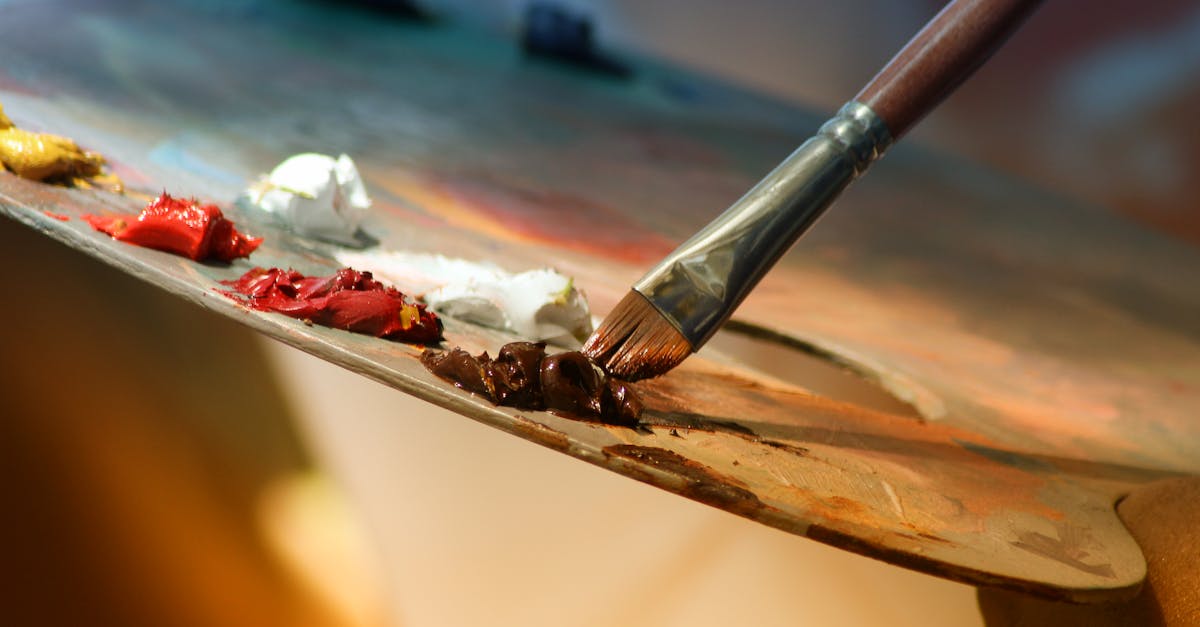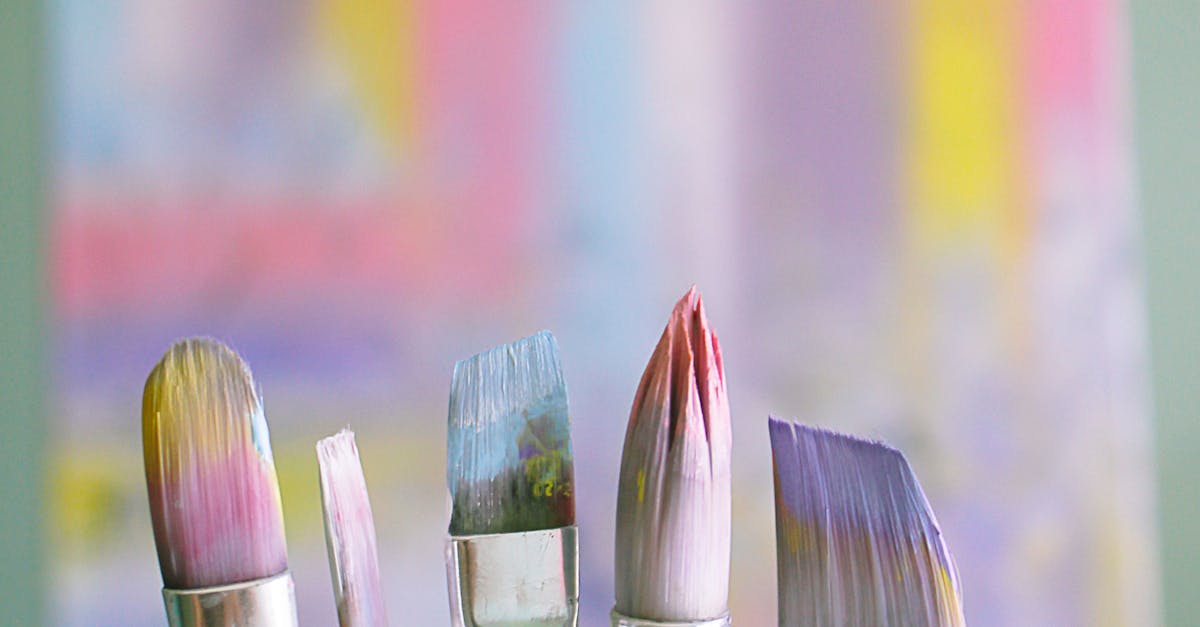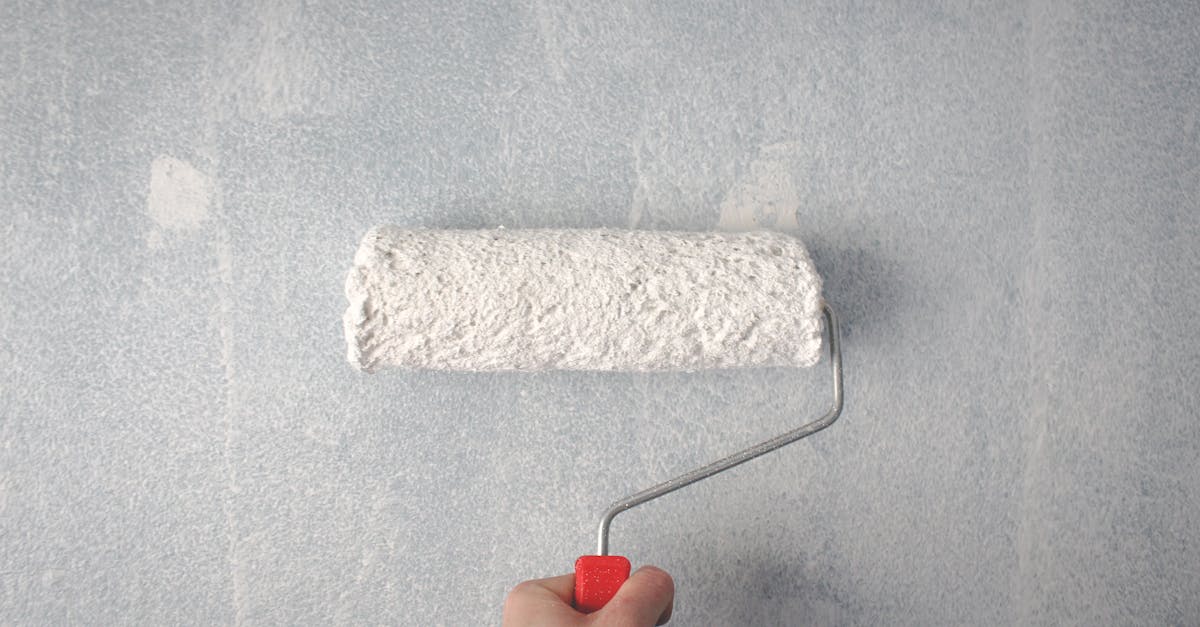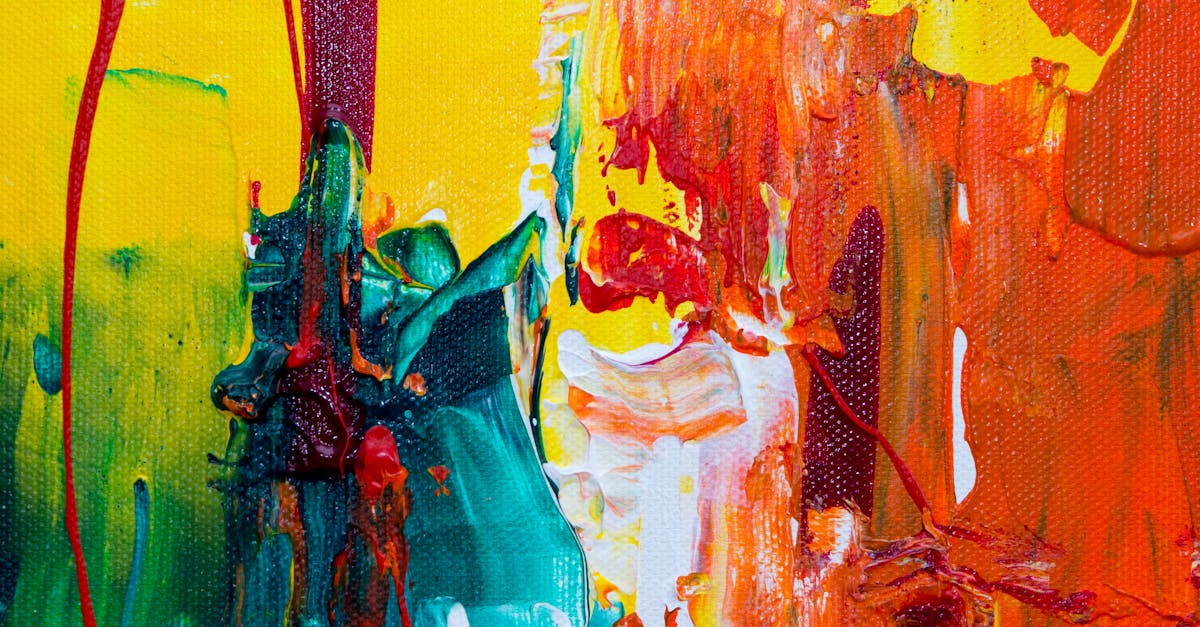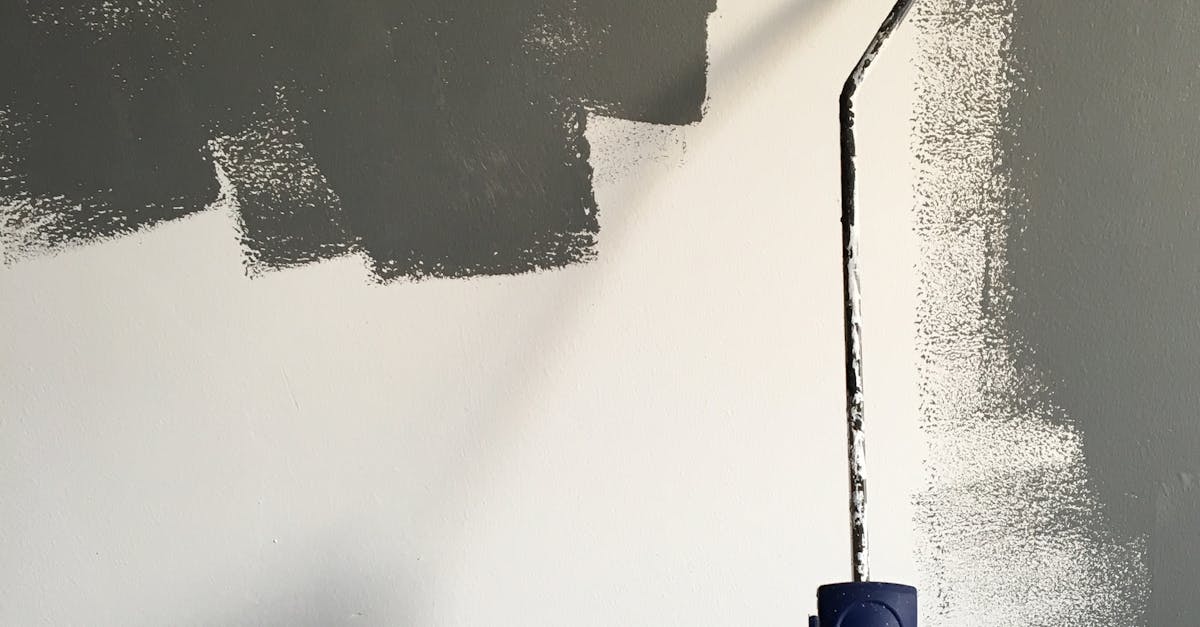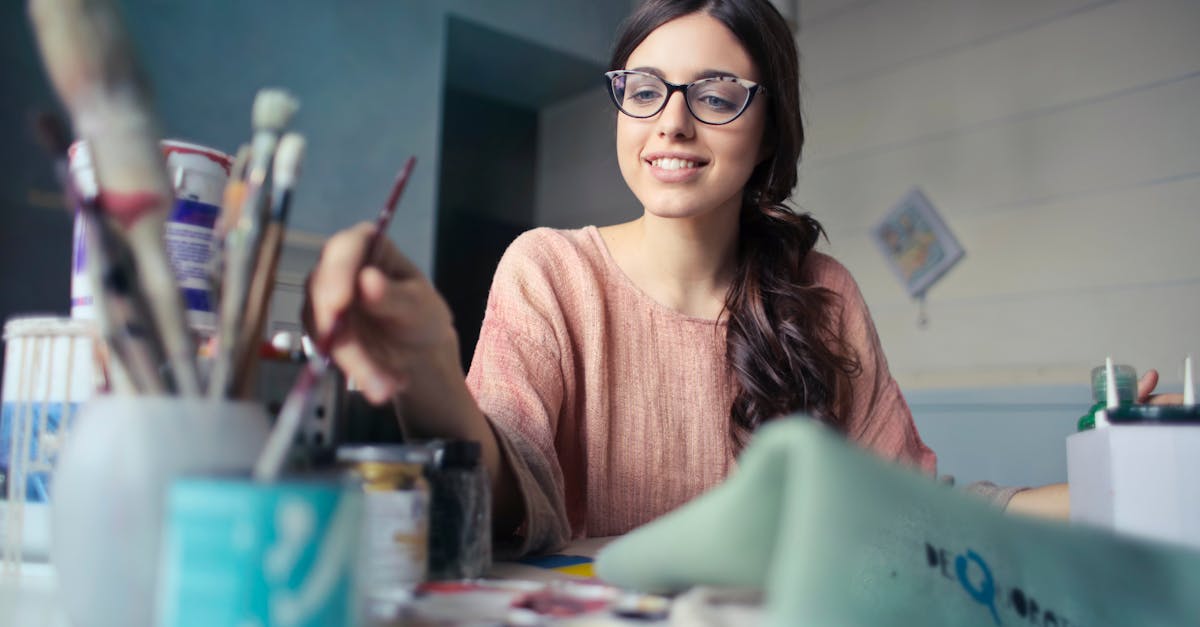
At Slough Painters and Decorators, we specialise in providing professional wallpaper installation services for both residential and commercial properties. Our team of experienced decorators have the skills and expertise to transform any room with the installation of high-quality wallpaper. We ensure precise measurements, seamless pattern matching, and flawless application to achieve a stunning and polished finish. Whether you want to add a touch of elegance to your living room or create a bold statement wall in your office, we are committed to delivering exceptional results that exceed your expectations. Trust Slough Painters and Decorators to enhance the aesthetic appeal of your space with our top-notch wallpaper installation services.
Ensuring Smooth Edges and Corners
To achieve a flawless finish when installing wallpaper, ensuring smooth edges and corners is essential. One of the key steps in this process is to use a plumb line to mark a straight vertical line on the wall where the edge of the first piece of wallpaper will go. This guideline will help align the first sheet correctly and prevent crooked positioning that can lead to uneven edges and corners. Additionally, using a wallpaper smoother or plastic decorating tool to press down the edges firmly will help eliminate air bubbles and secure the wallpaper in place for a seamless look.
When reaching corners during wallpaper installation, taking the time to make relief cuts is imperative for a professional outcome. To do this, use a sharp pair of scissors or a craft knife to cut the excess wallpaper at an angle where it meets the corner. By carefully trimming the wallpaper slightly overlapping onto the adjacent wall, you can create a neat and tidy corner without any bulges or creases. This technique ensures that the wallpaper adheres smoothly to both walls, enhancing the overall appearance of the room.
Making Relief Cuts
When hanging wallpaper, making relief cuts is a crucial step to ensure a smooth and professional finish. Relief cuts are small, straight cuts made with a sharp utility knife along the edges and corners of the wallpaper. These cuts help the wallpaper to lie flat against the wall, especially around obstacles such as switches, outlets, and mouldings. By carefully cutting the excess wallpaper where needed, you can prevent unsightly bulges or wrinkles that can detract from the overall appearance of the room.
To make relief cuts effectively, use a sharp utility knife and a straightedge to guide your cuts. Measure the area that needs a relief cut and mark it lightly on the wallpaper. Then, carefully score along the marked line and gently fold the excess paper away from the wall. Repeat this process as necessary to ensure that the wallpaper lies flat and smooth against the wall’s edges and corners. Taking the time to make precise relief cuts will result in a professional-looking wallpaper installation that enhances the overall appearance of your space.
Wallpaper Installation Cost Factors
When considering the cost factors of wallpaper installation, one of the key elements to take into account is the type and quality of wallpaper being used. Premium wallpapers with intricate patterns or textures are likely to be more expensive than simpler, solid-colour options. Additionally, the size of the space to be wallpapered will impact the price, as larger rooms require more materials and more time for installation.
Another factor influencing the cost of wallpaper installation is the condition of the walls. If the walls are in poor condition and require repairs such as patching, sanding or priming, this will add to the overall cost. Furthermore, the complexity of the job, such as the presence of alcoves, skirting boards, or window reveals, can also affect the price due to the additional time and precision needed to ensure a high-quality finish. It’s important to consider all these factors when budgeting for a wallpaper installation project to ensure a smooth and successful outcome.
Calculating Square Footage
To determine the square footage needed for wallpaper installation, begin by measuring the height and width of the walls. Measure the height from the floor to the ceiling and the width from one end of the wall to the other, excluding areas that will not be covered by wallpaper such as windows or doors. Once you have these measurements, multiply the height by the width of each wall to get the square footage of that individual wall. Add up the square footage of all walls to get the total square footage required for wallpapering the room.
Calculating the square footage accurately is crucial to ensure that you purchase the right amount of wallpaper and minimise waste. It’s always advisable to add a little extra to your final square footage calculation to account for pattern matching and any errors that may occur during installation. Keep in mind that wallpaper is typically sold in rolls, so you may need to adjust your total square footage to match the roll sizes available for purchase.
Tips for Easy Wallpaper Removal
Removing wallpaper can be a tedious task, but with the right techniques, it can be done efficiently. One effective method is to use a mixture of warm water and soap to help loosen the adhesive. Apply this solution generously to the wallpaper and let it sit for a few minutes to allow the adhesive to soften. This will make the wallpaper easier to peel off without causing damage to the underlying surface.
Another tip for easy wallpaper removal is to use a scraper or putty knife to gently lift the edges of the wallpaper. Start from one corner and carefully work your way across the wall, taking care not to tear the wallpaper. By slowly peeling off the wallpaper in manageable sections, you can avoid creating large tears or wrinkles. Additionally, using a scraper with a sharp blade will make the removal process smoother and faster.
Using Warm Water and Soap
To facilitate the removal of wallpaper, warm water and soap can be a highly effective combination. Begin by mixing warm water with a mild soap in a bucket or container. Soak a sponge or cloth in the soapy solution and then wring it out slightly to avoid excessive dripping. Next, apply the warm, soapy water generously to the wallpaper surface. Allow the solution to sit for a few minutes to soften the adhesive and make the wallpaper easier to peel off.
After the warm water and soap have had time to work their magic, use a scraping tool or putty knife to gently lift the edges of the wallpaper. Slowly peel back the wallpaper, keeping the soapy water nearby to reapply as needed to stubborn areas. Take care during this process to avoid damaging the wall underneath the wallpaper. Once the wallpaper is removed, wipe down the wall with a clean, damp cloth to remove any lingering soap residue.
FAQS
How can I ensure smooth edges and corners during wallpaper installation?
To ensure smooth edges and corners, make sure to use a sharp utility knife to trim the excess wallpaper carefully. Additionally, using a wallpaper smoother can help in achieving a professional finish.
What are relief cuts and how can they help during wallpaper installation?
Relief cuts are small, diagonal cuts made at the edges of obstacles like outlets or corners to allow the wallpaper to lay flat. This technique helps in achieving a seamless and neat wallpaper installation.
What factors affect the cost of wallpaper installation?
The cost of wallpaper installation can be influenced by factors such as the type of wallpaper chosen, the size of the area to be covered, any additional prep work required, and the complexity of the installation pattern.
How do I calculate the square footage for wallpaper installation?
To calculate the square footage needed for wallpaper installation, measure the height and width of each wall to be covered and multiply these dimensions together. Add up the square footage of all walls to determine the total amount of wallpaper required.
What are some tips for easy wallpaper removal?
One effective method for easy wallpaper removal is to use warm water mixed with a bit of mild soap or wallpaper remover solution. Apply the mixture to the wallpaper and let it sit for a few minutes before gently peeling off the paper.
